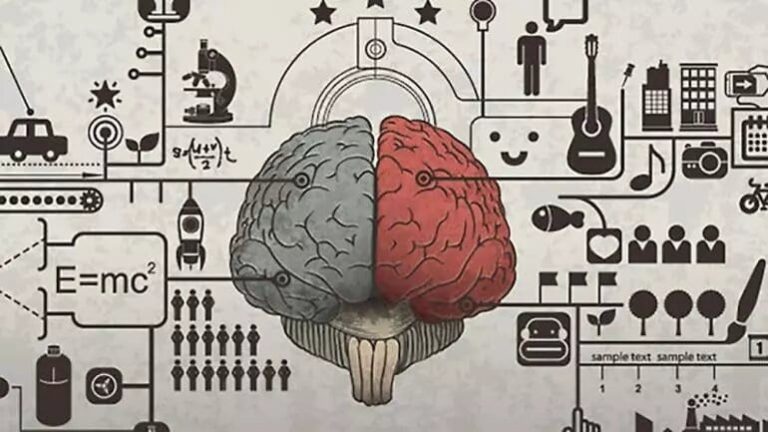Liraz Postan
Liraz is an International SEO and Content Expert with over 13 years of experience.

Translation can be a craft when done by machines or in a machine-like fashion, but good translation is more of an artistic process.
Whether you believe that translation can be considered an art depends, I think, on whether you are yourself a translation services professional. For the non-translation worker, it seems obvious that translation is not an art form, but rather a craft or a science (probably the former) because unlike art there is no firm set of rules and algorithms you can follow.
For example, in any craft – say, carpentry – there are clear formulas that can be followed. You can have zero understanding of the science underlying it, and zero creativity, and yet still produce beautiful pieces of furniture. The furniture will be identical to previous products, of course, but mastering the craft ensures you can always repeat the achievement exactly as before. With a science – say, chemistry – you combine the aspects of craft (formulas, repetition, and skill) with a deeper understanding of why your actions have the results you observe.
And art? Art requires that final bit – creativity. And that’s why translation falls under that category, in my opinion.
The translation is a craft for the amateur and for the machine: A dual set of codes that must be mapped to each other. By mapping words and grammar systems to each other, you can create algorithms that produce translations that are basically accurate and useful. But these translations, as anyone who has used the Internet can attest, are far from high-quality. They have been crafted, but they lack soul and rhythm and bounce, sound unnatural, and would never pass for native speech in their local area.
That’s why I believe translation to be an art. Because once you get past the algorithmic aspects of translation, you enter a realm where word choice, grammatical interpretation, and the infusion of tone and style can totally transform a text from one meaning to another, even if the words themselves remain similar.
The translator, after all, brings their own experience and personality to every job they do, and often we are called upon to interpret the true meaning of our source texts. This isn’t always easy and requires creativity. You sometimes have to imagine the author of the source text as a character and imbue them with personality traits that come out in their tone and style. This is in some ways fiction, of course, and introduces the risk that the translator will insert their own beliefs or attitudes into a text in place of what was actually intended.
It’s this risk that makes us artists, I believe. Because we are creating a new work every time we work on a translation, something that is based on the original text, but which is a wholly different thing. No matter how closely we try to stick to the original in tone, intent, and content, we cannot help but create aspects of it – and thus we are engaged in creative work.
Learn about our professional document translation services. Contact us today!
What our customers are saying